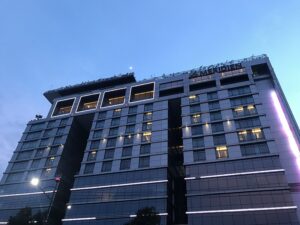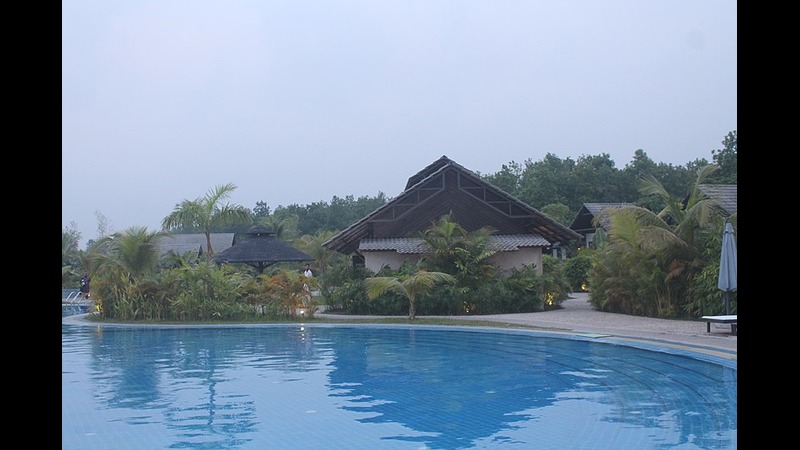The ship breaking industry in Bangladesh plays a crucial role in the country’s economy and industrial landscape. This industry involves the dismantling of decommissioned ships to recover valuable materials such as steel, which is then recycled and used in various sectors. Despite its economic significance, the ship breaking industry is also associated with several environmental and human health concerns. This article delves into the history, processes, economic impact, challenges, and future prospects of the ship breaking industry in Bangladesh.
History of the Ship Breaking Industry in Bangladesh
The ship breaking industry in Bangladesh started gaining momentum in the early 1980s. Initially, ship breaking activities were carried out on a small scale along the coastal regions. The industry saw significant growth in the 1990s, primarily due to the availability of cheap labor and the increasing demand for steel in the local market.
Key Milestones
- 1980s: Beginning of significant ship breaking activities.
- 1990s: Rapid expansion due to high demand for recycled steel.
- 2000s: Bangladesh becomes one of the leading ship breaking nations globally.
The Process of Ship Breaking
Ship breaking is a complex process that involves several stages, each requiring careful execution to ensure the safe and efficient recovery of materials.
Key Stages
- Acquisition of Ships: Decommissioned ships are purchased from international markets. These ships are usually transported to ship breaking yards located along the coastlines of Chittagong.
- Beach Landing: The acquired ships are beached at high tide and anchored to the shore. This step is critical for the subsequent dismantling process.
- Cutting and Dismantling: Workers use gas torches and other cutting tools to dismantle the ship into manageable pieces. This process involves removing the superstructure, engines, and other components.
- Material Recovery: The recovered materials, primarily steel, are sorted and transported to recycling facilities. Other valuable materials, such as copper and aluminum, are also extracted.
- Waste Management: Hazardous materials, including asbestos, oil residues, and heavy metals, are carefully handled and disposed of following environmental regulations.
Economic Impact of the Ship Breaking Industry
Contribution to GDP
The ship breaking industry contributes significantly to Bangladesh’s GDP. It provides raw materials for the steel industry, reducing the need for steel imports and saving foreign exchange.
Employment Opportunities
The industry is a major source of employment, providing jobs to thousands of workers. It offers both direct and indirect employment opportunities, supporting livelihoods in coastal communities.
Revenue Generation
The sale of recycled materials, such as steel and non-ferrous metals, generates substantial revenue. This revenue supports various sectors, including construction, manufacturing, and infrastructure development.
Environmental and Health Challenges
While the ship breaking industry has numerous economic benefits, it also poses significant environmental and health challenges.
Environmental Concerns
- Pollution: The dismantling process releases hazardous substances, including oil, asbestos, and heavy metals, into the environment. These pollutants can contaminate soil and water, posing risks to marine and terrestrial ecosystems.
- Habitat Destruction: Coastal areas used for ship breaking often experience habitat destruction, affecting local biodiversity.
Health Risks
- Occupational Hazards: Workers in ship breaking yards are exposed to dangerous working conditions, including heavy machinery, toxic substances, and high temperatures. This exposure increases the risk of accidents and chronic health conditions.
- Lack of Safety Measures: Insufficient safety measures and protective equipment further exacerbate the risks faced by workers.
Regulatory Framework and Safety Standards
National Regulations
The government of Bangladesh has implemented several regulations to address the environmental and health impacts of ship breaking. These regulations aim to ensure safe and environmentally sound practices in the industry.
International Conventions
Bangladesh is a signatory to international conventions, such as the Basel Convention and the Hong Kong International Convention for the Safe and Environmentally Sound Recycling of Ships. These conventions provide guidelines for the safe disposal of hazardous waste and the sustainable management of ship breaking activities.
Future Prospects and Sustainable Practices
Technological Advancements
The adoption of advanced technologies can enhance the efficiency and safety of ship breaking operations. Innovations in cutting and dismantling techniques, as well as improved waste management systems, can mitigate environmental and health risks.
Sustainable Practices
- Green Ship Recycling: Implementing green ship recycling practices, which emphasize environmentally friendly and safe dismantling methods, can promote sustainability in the industry.
- Worker Training and Safety: Investing in worker training programs and safety equipment can reduce occupational hazards and improve working conditions in ship breaking yards.
Government Initiatives
The government of Bangladesh is actively working to modernize the ship breaking industry. Initiatives include upgrading infrastructure, enforcing stricter regulations, and promoting international collaborations to adopt best practices.
FAQs
1. What is the main purpose of the ship breaking industry in Bangladesh?
The main purpose of the ship breaking industry is to dismantle decommissioned ships to recover valuable materials, such as steel, which are then recycled and used in various sectors.
2. How does the ship breaking industry contribute to Bangladesh’s economy?
The industry contributes to the economy by providing raw materials for the steel industry, generating revenue from the sale of recycled materials, and creating employment opportunities.
3. What are the environmental impacts of ship breaking?
Ship breaking can lead to pollution from hazardous substances, soil and water contamination, and habitat destruction in coastal areas.
4. What are the health risks associated with ship breaking?
Workers are exposed to dangerous working conditions, including heavy machinery, toxic substances, and high temperatures, increasing the risk of accidents and chronic health conditions.
5. What measures are being taken to improve the ship breaking industry in Bangladesh?
Measures include implementing national regulations, adhering to international conventions, adopting advanced technologies, promoting green ship recycling, and investing in worker training and safety programs.
6. What is green ship recycling?
Green ship recycling involves environmentally friendly and safe dismantling methods that minimize environmental impacts and ensure the well-being of workers.
7. How can technological advancements benefit the ship breaking industry?
Technological advancements can enhance the efficiency and safety of ship breaking operations, reduce environmental and health risks, and promote sustainable practices.
Conclusion
The ship breaking industry in Bangladesh is a vital component of the country’s economy, providing essential raw materials and employment opportunities. However, it also poses significant environmental and health challenges. By adopting sustainable practices, investing in technological advancements, and enforcing stringent regulations, Bangladesh can ensure the safe and environmentally sound management of its ship breaking industry, balancing economic benefits with environmental and social responsibilities.






